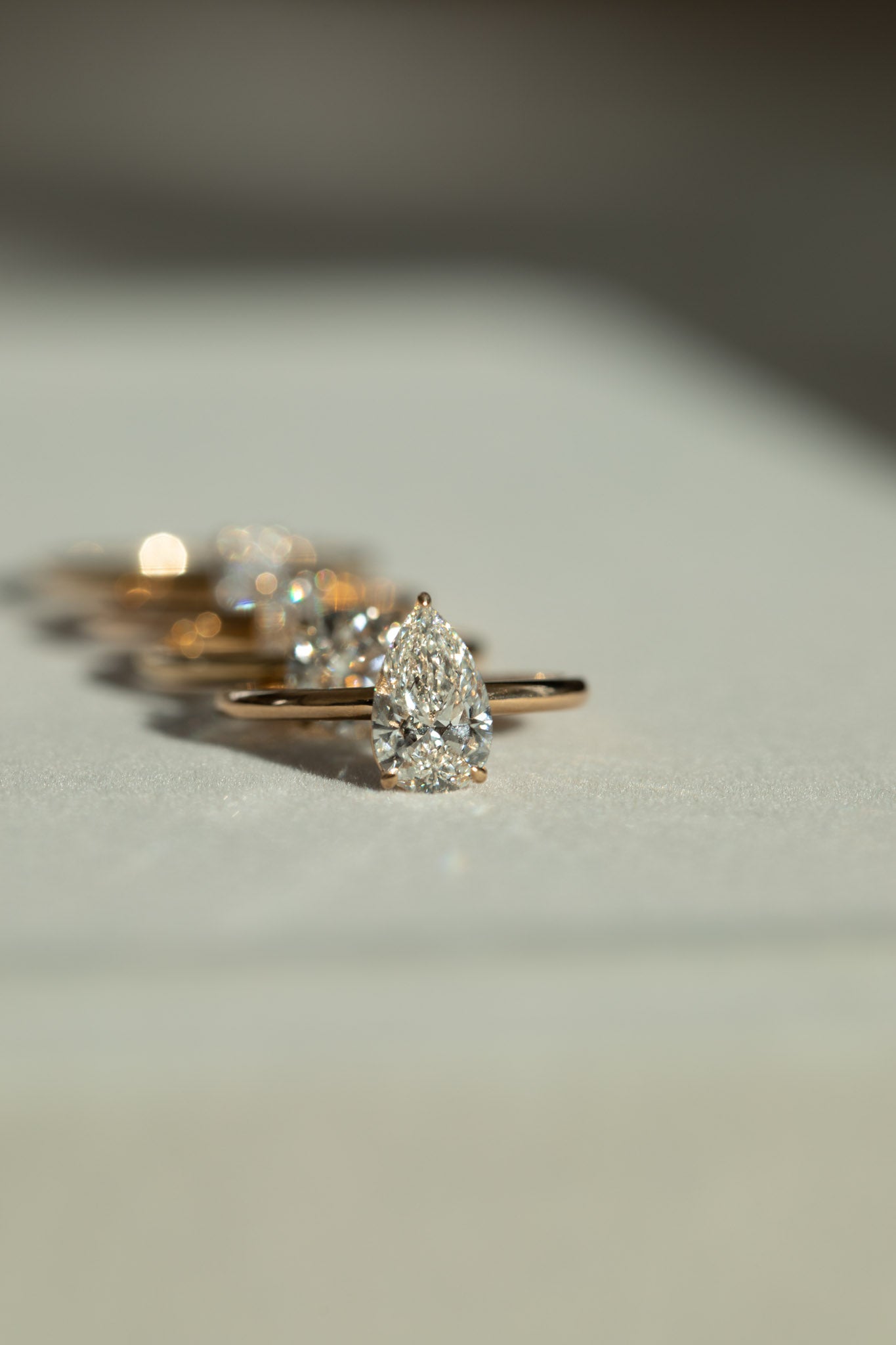Diamond jewelry pricing can sometimes seem like a complex and mysterious process. However, there is actually a simple science behind how these precious stones are priced. Understanding the factors that determine the value of diamond jewelry can help you make informed decisions when purchasing or selling these beautiful pieces.
Understanding Diamond Pricing
Diamond pricing is a complex process that takes into account various factors, with the 4Cs being the primary influencers: carat weight, color, clarity, and cut. These attributes work together to determine the value and appearance of a diamond.
The Role of the 4Cs in Diamond Pricing
Carat weight, the measurement of a diamond's size, plays a significant role in determining its price. It's a common belief that larger diamonds are inherently more valuable. However, it's important to note that the other three Cs also heavily influence pricing.
Color, one of the 4Cs, is graded on a scale from D (colorless) to Z (light yellow or brown). Diamonds with less color are considered rarer and, therefore, command higher prices. The subtle variations in color can make a significant difference in the overall value of a diamond.
Clarity, another crucial factor, refers to the presence of internal flaws, known as inclusions, and external blemishes. The fewer imperfections a diamond has, the higher its clarity grade and value. Diamonds with exceptional clarity are highly sought after and often come with a higher price tag.
The cut of a diamond, the final C, encompasses its proportions, symmetry, and polish. A well-cut diamond will reflect light in a way that maximizes its brilliance and sparkle, adding to its value. The precision with which a diamond is cut can truly elevate its beauty and allure.
The Impact of Diamond Size on Price
While carat weight is an important factor in diamond pricing, it's crucial to note that size alone doesn't determine a diamond's value. Other factors, such as the 4Cs and market conditions, also come into play. For example, a smaller diamond with exceptional cut, color, and clarity may be more valuable than a larger diamond with inferior qualities. It's the harmonious combination of all these factors that truly determines a diamond's worth.
To learn more about the 4Cs, read our guide.
The Jewelry Setting and Its Effect on Price
The diamond itself is not the only factor that determines the price of diamond jewelry. The setting, or the precious metal in which the diamond is placed, can also significantly affect the overall price of the piece.
The Role of Metal Type in Jewelry Pricing
The type of metal used in the setting, such as platinum or gold, can impact the price of the jewelry. At KARAAT, we use 18-karat solid gold in our pieces.
Gold comes in different purities (karats), with higher karat gold being more valuable. The purity of gold is measured in parts per 24, with 24 karat gold being 100% pure. However, pure gold is too soft for jewelry, so it is often alloyed with other metals to increase its strength. The addition of alloys can affect the color and durability of the gold, with 18 karat gold being a popular choice for its balance of purity and strength.
You can learn more about gold qualities and their value here.
The Impact of Design Complexity on Price
The complexity of the design and craftsmanship involved in creating the jewelry can also influence its price. Intricate designs and elaborate details may require more time and skill, leading to higher prices. Our goldsmiths meticulously handcraft each piece, carefully setting each diamond and ensuring that every detail is perfect. The artistry and precision involved in creating these intricate designs contribute to the value of the jewelry.
You can find simpler and more classic designs in our collection. These designs showcase the beauty of the diamond itself, with a focus on simplicity and sophistication. While they may not require as much time and effort to create, they still exude a timeless charm that appeals to many and can be priced more affordably.
The Impact of Markup on Price
There are multiple different aspects that impact the size of the markup. Generally the rule is that the more steps there are before the jewelry reaches your hand, the higher the markup. Everyone wants to take their slice – not just the brand you buy it from, but all the middlemen as well.
Markup is the most important component in our fair pricing. Our business model enables us to skip the middlemen and receive our jewelry directly from the manufacturer. What this means is that you get higher value, without the markup of multiple links in between that rank up the cost.
Skipping the middlemen enables us to choose higher quality materials to provide you even higher value for the jewelry you buy – and still being cheaper than traditional jewelry stores. With sustainability and high ethics being our brand’s core values, we charge a fair markup for the efforts we have made to create these beautiful long-lasting pieces and providing our customers a channel and the best experience possible for purchasing our jewelry.

Leave a comment